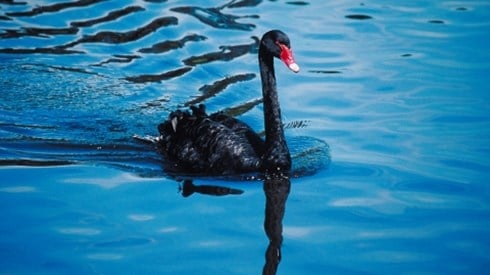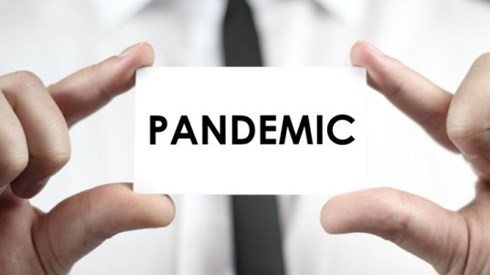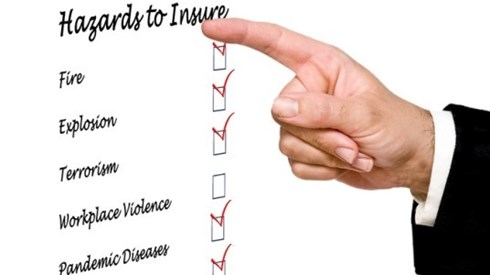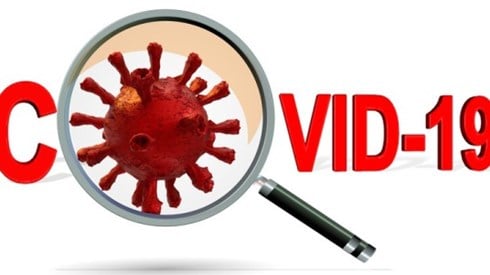Pandemic Experience Shows Captives' Ability To Respond to Black Swans

August 18, 2021

The commercial insurance market's responses to the stressors of the COVID-19 pandemic have created opportunities for captive insurance companies to step up and help their parent organizations by filling coverage gaps.
And, going forward, lessons learned from the pandemic are likely to position captives to be an even more important tool to address future black swan events, according to speakers on a panel at the virtual Vermont Captive Insurance Association Annual Conference, held earlier this month.
"COVID stressed the market in a lot of different ways," said Peter Johnson, senior consulting actuary at Spring Consulting Group, LLC. "Coming into the pandemic, the property-casualty insurance industry had surplus levels at an all-time high. But the industry was never designed to support this type of loss."
Among the industry's responses were pandemic exclusions across a variety of pandemic lines, Mr. Johnson said, while moderating the session titled "Business Interrupted: Post-Pandemic Policy Lessons." Captive insurance companies and risk retention groups (RRGs) can help fill some of those gaps, he said.
At the same time, a hardening insurance market, particularly for lines like cyber risk, directors and officers, commercial multiperil, and umbrella, is resulting in increased retentions, decreased limits, and premiums doubling and tripling in some cases.
"Captives are stepping up very quickly to fill in these gaps," Mr. Johnson said.
One of the panelists, Deyna Feng, director, captive programs at Cummins, Inc., and its Dynamo Insurance Company, Inc., captive, noted that Cummins had good insurance arrangements prior to the pandemic, including a small amount of coverage under a business interruption communicable disease clause. "But if you think about the global impact, it's not enough," she said.
Also, following this black swan event, there were lots of coverage changes, she said. "Insurers started to exclude pandemic from almost all lines of coverage," Ms. Feng said. That's prompting a focus on how to use captive insurance—along with reinsurance—to address pandemic risk in the future, she said. New approaches like parametric products could help provide coverage for future pandemics and other black swans, Ms. Feng said.
Melissa Updike, executive director of Kentuckiana Medical Reciprocal Risk Retention Group (KMRRRG), said her RRG had to move quickly to help members address changing market conditions.
"One of the issues we were faced with was the entities trying to get their excess programs placed," she said. KMRRRG helped its members by stepping up and increasing its primary layer limits.
"That's really how we had to respond to that black swan event," she said. "Obviously, there were pros and cons." Among the benefits were greater premiums for the RRG and greater control over claims with excess coverage attaching at a higher level, Ms. Updike said.
Ms. Updike said the direct impact of policy exclusions on KMRRRG was in the reinsurance market.
"This is really when you have to rely heavily on your brokers to get in there and to be understanding of what the reinsurance market exclusions are and to prepare you for those and to really outline what is going to occur during your reinsurance renewal," she said.
For member insureds or a captive's parent, the flexibility captive insurance can provide in addressing changing market conditions is a strong argument for captives, the speakers suggested.
"Definitely, the beauty of the captive is that your policy language can be flexible to respond to your insureds' needs," Ms. Updike said.
"We've certainly seen a lot of cases where captives come in and offer more generous coverage," Mr. Johnson said. "It's a great tool in these types of situations to help fill in the gaps.
"There are a lot of reasons why a captive or an RRG makes sense," he said. Among them are supporting the parent company's risk management, providing competitive coverage alternatives, and providing financial protection and long-term savings.
"Captives and RRGs operate much more efficiently in a lot of cases than the commercial market," Mr. Johnson said. "They better reflect actual underwriting experience and lead to retained underwriting profits for the insureds, as well as they allow the insureds to recoup additional savings from investment income that otherwise would be retained by the carriers or the reinsurers."
Ms. Feng noted that building up a captive's surplus over time can position it to help address future black swan events. The captive also can play a valuable role in gathering and evaluating loss data to better manage risks. Also, a captive insurance company's access to reinsurance markets could be used to achieve broader coverage, she said.
Going forward, KMRRRG's experience with the pandemic and a review of how it performed during the crisis should help it better address future black swans, Ms. Updike said.
Ms. Feng noted that in the wake of the pandemic, Cummins is reviewing its risk appetite, "both from the parent company level and from the captive level. It's also looking at how it might limit the supply chain impact of future black swan events, and the company is focused on resilience and is reviewing and testing its business continuity planning.
Ultimately, the goal is to link risk appetite, business strategy, and resilience and business continuity planning, Ms. Feng said.
"Everything can also be part of the captive strategy, because we can use the captive program and its surplus to fund such global initiatives," she said. "So that when things happen, we're really ready."
August 18, 2021




